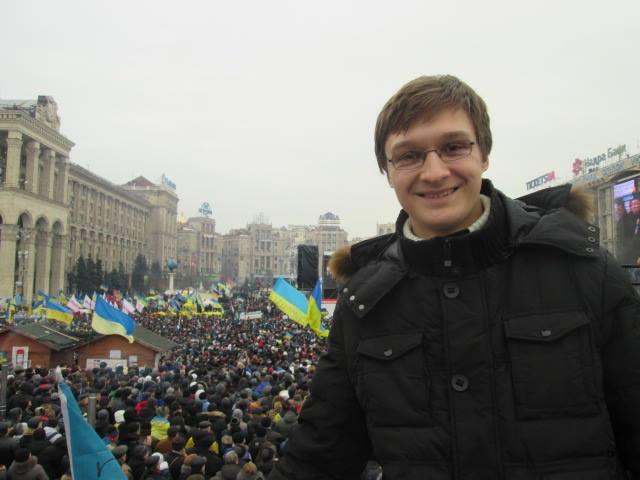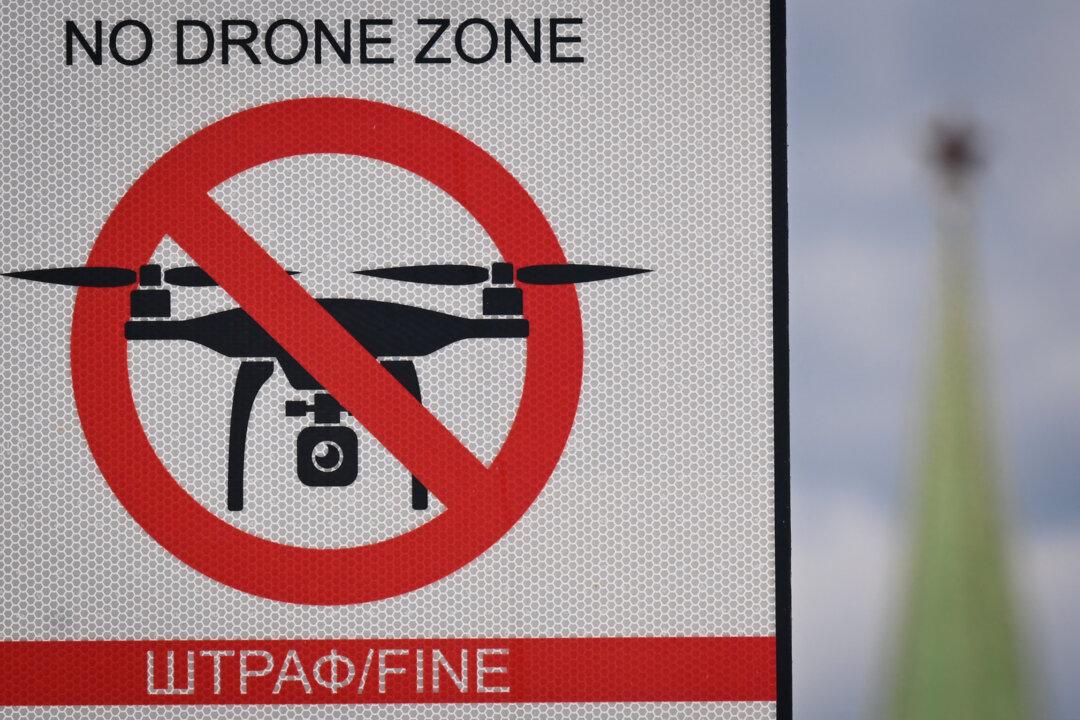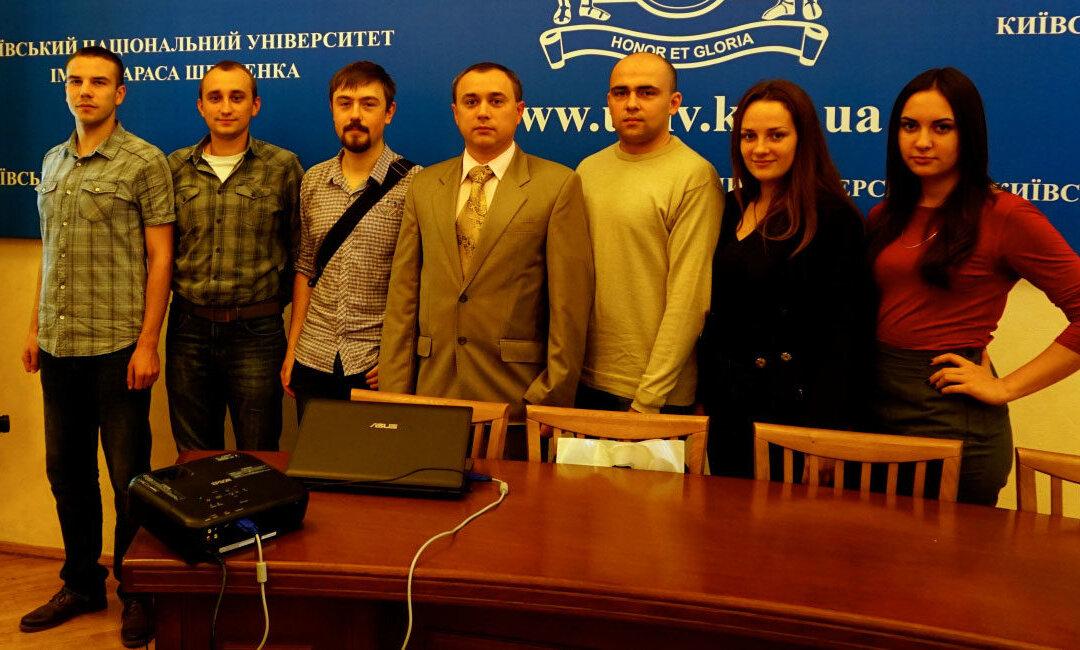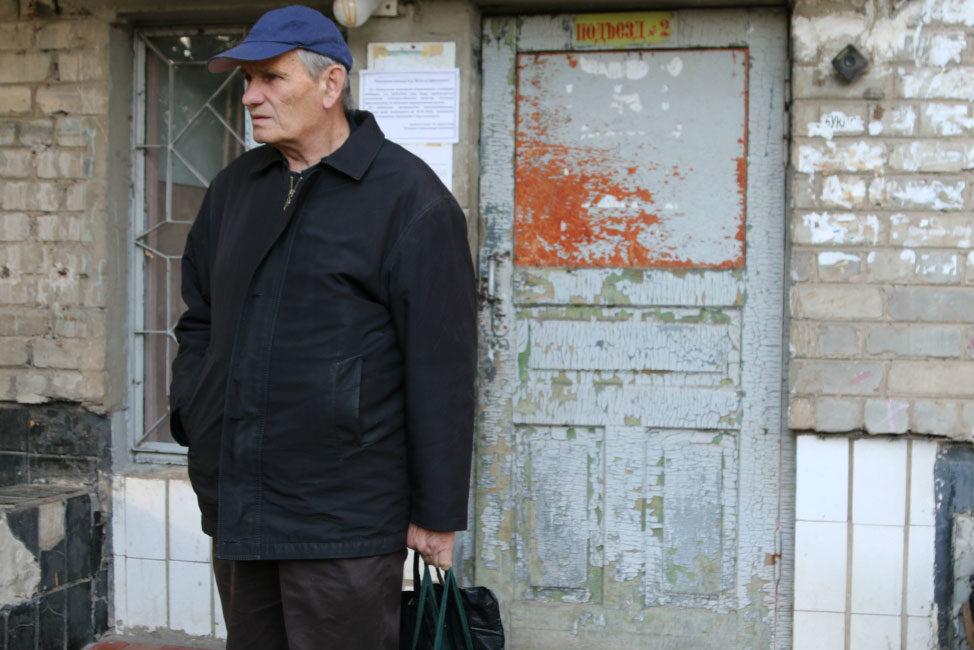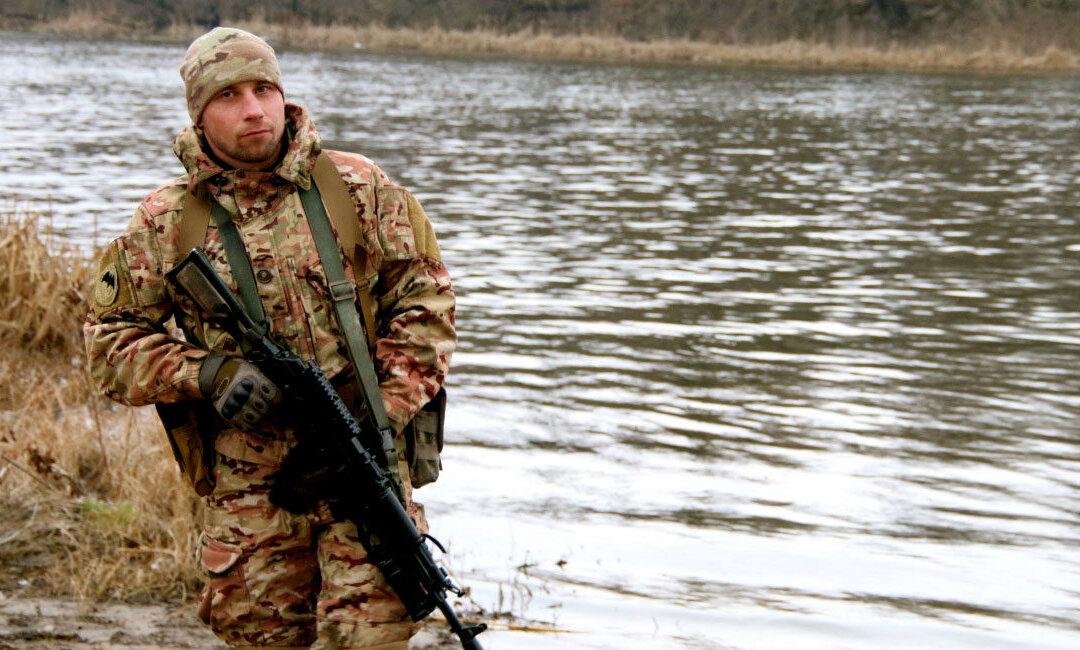KYIV, Ukraine—The sniper’s bullet went into the head of the man standing in front of Valentyn Onyshchenko.
Blood and brain matter sprayed into Onyshchenko’s face with enough force to break the then-21-year-old’s eyeglasses.
“Like a robot” he weaved through the thousands of protesters gathered in central Kyiv for the February 2014 revolution. He went to a nearby McDonald’s, which, despite the bloodshed just outside its doors, was still open for business. In the bathroom, Onyshchenko washed his face and picked human remains from his blood-matted hair.
He took a moment to compose himself, and then he walked back toward the sound of gunfire to rejoin the revolution.
Days later, Ukraine’s former president, Viktor Yanukovych, fled to Russia. The revolution was over—but the celebration was short lived.
Weeks later, Russia launched a hybrid warfare campaign in Ukraine’s Crimean Peninsula, ultimately annexing the territory in a move that a U.N. General Assembly resolution later declared illegal. The Kremlin also launched subversive military operations in eastern Ukraine, plunging the region into war.
More than two years after the revolution, a bespectacled Onyshchenko sits in an underground bar in Kyiv. He speaks quickly and fluently in English.
Onyshchenko was haunted for months by his memories of the revolution. He had nightmares about the man shot by the sniper. The face is gray and lifeless; the man’s hands are stretched out, reaching for something.
The nightmares have since faded, but so have Onyshchenko’s revolutionary passion and his hope for Ukraine’s future.
